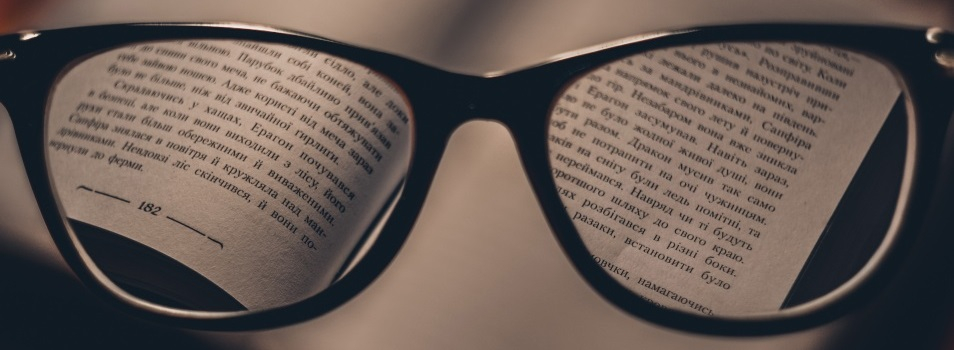Reading Comprehension

Additional Navigation
Why Skilled Reading Matters
There is a difference between knowing how to read and having good reading skills. Solid reading skills are invaluable in college and are essential to a successful academic experience.
3 Important Skills for Reading College Textbooks
Read It First Like a Magazine, Not a Novel
When you crack open your required textbooks and other course readings, you should approach it the first time around more like a magazine than a novel. Here’s what that looks like, and why this strategy works
Don’t Read a Textbook Like a Novel
When you read a textbook like a novel, you tend to simply open to the first page and start reading without any context. Since it takes a while for your brain to understand what is going on, you often have to reread the first several paragraphs and find that you’ve somehow been thinking of something else entirely while you were reading. This is highly inefficient, and students often give up because they don’t get far.
Do Read a Textbook Like a Magazine
When you read a textbook like a magazine, you first take the time to choose what you will read and set a limit on it. Start by finding the beginning and end of the chapter you will read. Then, simply flip through it slowly like you would a magazine. Read the titles and subtitles, the headings, textboxes, graphs, and charts. Don’t read the fine print just yet. Once you’ve flipped through all the pages, read the chapter summary and review questions at the end. This will prepare your brain for what you are about to read and increase your reading comprehension as well as your efficiency when you actually read.
Use the SQ4R
If you have started by flipping through your textbook like a magazine, you have already accomplished the first part of SQ4R. Use this method to increase your reading comprehension, increase reading efficiency, and reduce wasted time while reading a textbook. Do your best to keep your reading session to one highly efficient hour, then take a break before returning to your reading.
SQ4R Method
Survey (2-5 minutes): Identify the chapter or number of pages you hope to realistically read within an hour. Flip through each of these pages like a magazine. Read headers, subtitles, graphs, charts, textboxes, as well as the chapter summary and review questions.
Question (2-3 minutes): Identify questions you are hoping to answer while reading. Find some of these questions in the chapter summary.
Read (40-45 minutes): Read actively and intensely. Remove distractions. Take notes. Underline or highlight important text. If something seems confusing, make a note to return to that spot and keep moving. Do your best not to disrupt your momentum.
Record (in tandem with reading): Take notes. Underline or highlight important text. Note confusing areas that need to be returned to.
Relate (2-5 minutes): Explain to yourself or others what you have learned. Describe how this new information relates to previous information. Rephrase the new information in your own words.
Review (10+ minutes): Test yourself or have others test you. Work through all of the review questions at the end. Read through your notes and highlighted material. Answer and resolve any areas of confusion.
Remove Distractions
We all know we should remove distractions, but in our modern world, we have to be proactive and intentional about removing distractions. Here are a few simple ideas:
- Leave your phone in the car or your dorm when you sit down to study
- Find a study location where running into a friend would be unlikely
- Incentivize yourself. Awarding yourself for completing assignments can improve efficiency. For example, allow yourself to watch the TV show or head out with a friend only after your reading is finished.
By letting yourself remain distracted, work becomes incredibly inefficient and ultimately stressful. The goal we have for students is to work efficiently to get and maintain excellent grades, and using the remaining time to enjoy the college experience instead of being constantly stressed and behind. Rather than spending 8 hours in the library to accomplish 2 hours’ worth of work, make it a point to spend 3 hours in the library and accomplish 3 hours’ worth of work.
Further Information
The reason that starting with the magazine technique works so well is related to the Schema Theory. This is essentially the idea that your brain has an organizational filing system for how it stores information. When you can access the folder of your brain related to the information you are about to read, your brain will quickly recognize, process, and store the new information in that folder. This is also related to the mnemonic device of learning by association. You can learn a great deal more when you connect new information with preexisting information and make those connections by association.
To learn more, you can also check out How Can Students Improve Their Reading Comprehension Skill? – An article from the Journal of Studies in Education